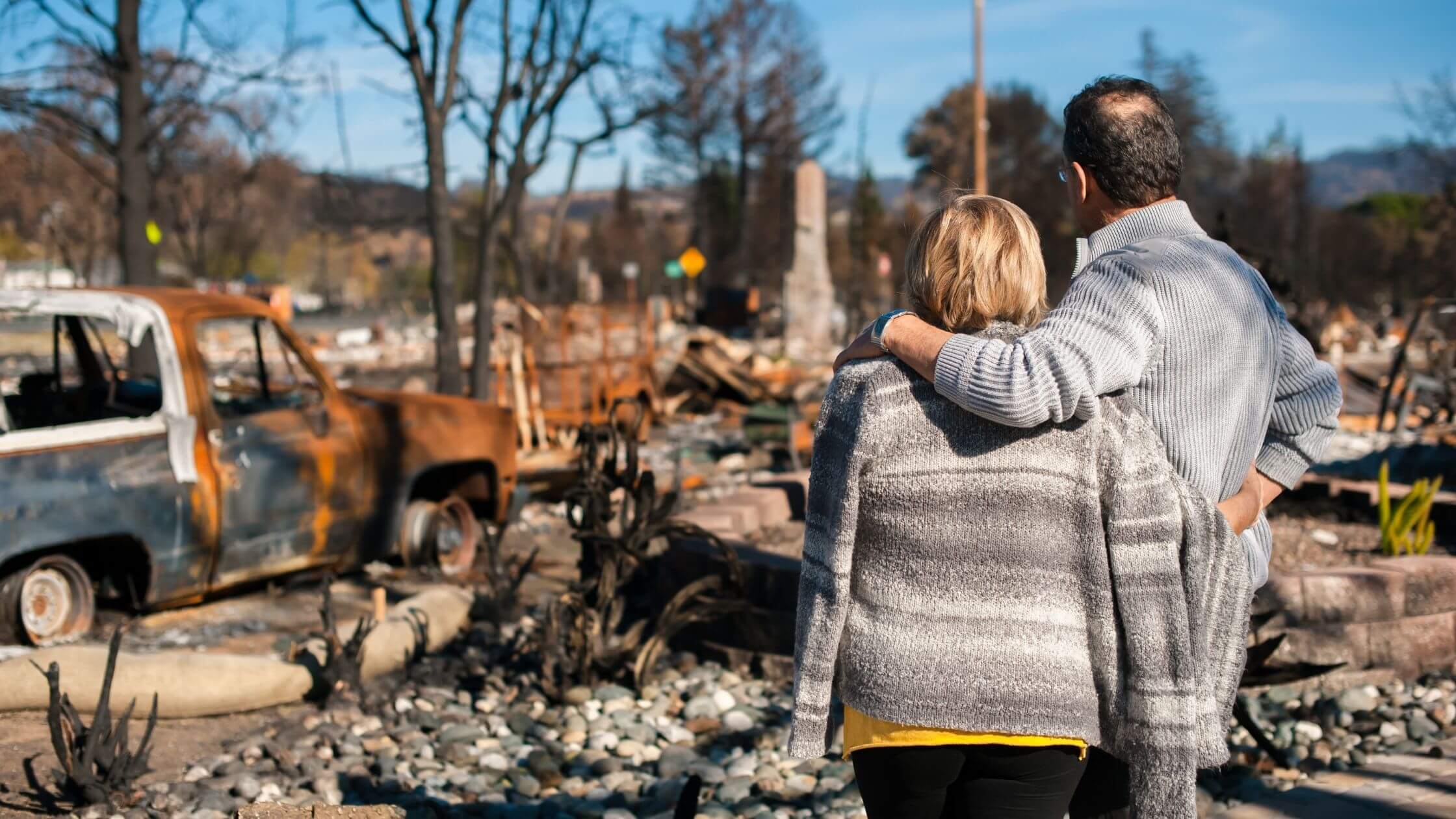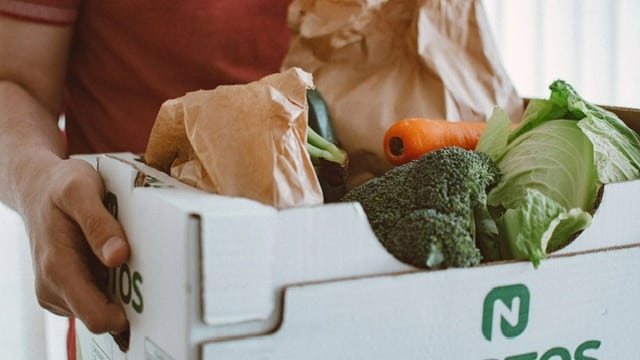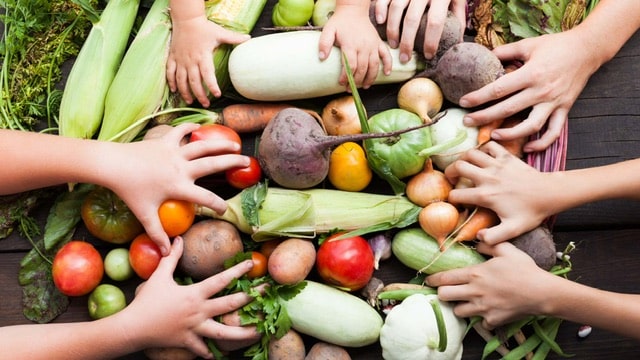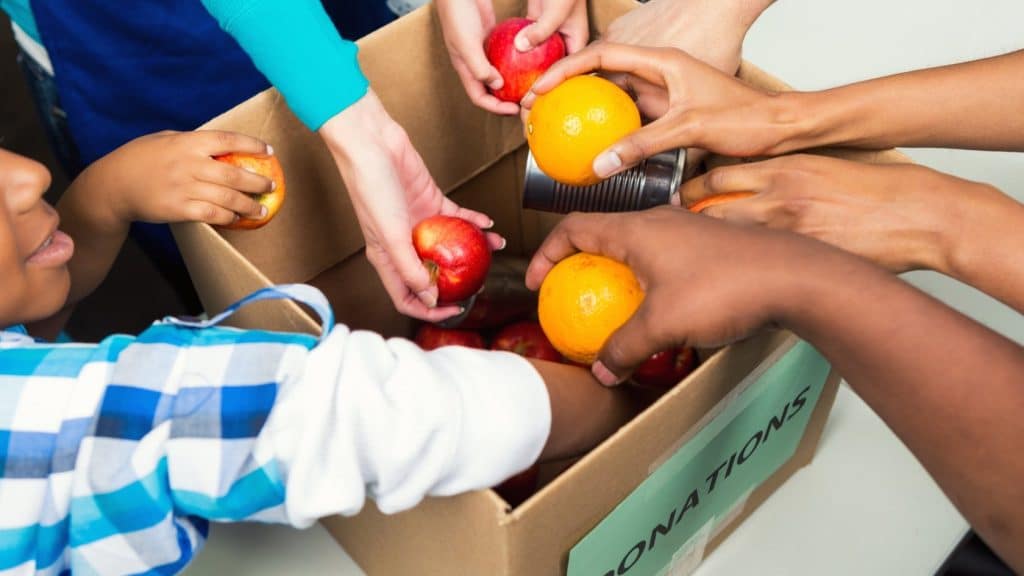Catastrophes – Natural or Otherwise
When I first created AmpleHarvest.org, a New Jersey state official suggested I try it out in New Jersey first and then, if it worked, roll it out nationwide. I countered that New Jersey and New Mexico had the exact same problem, and that by being a virtual solution to hunger AmpleHarvest.org could and should be launched as a nationwide initiative.
So I did.
Starting on May 18 2009, the nationwide outreach to food banks and food pantries was initiated and, after a reasonable number of pantries were registered, I shifted some of the outreach to the grower community.
It worked!
150 days later, which just happened to be World Food Day, the 1,000th food pantry registered on AmpleHarvest.org. The outreach to the pantries and the growers continued nationwide for 11 months until April 2010 when something called Deepwater Horizon blew its way into the headlines. As soon as we realized that the scope and magnitude of the BP oil spill was going to wreak economic havoc on the Gulf coast, AmpleHarvest.org shifted gears for the first time.
We recognized that the people in the area, especially those whose livelihoods were tied to the Gulf of Mexico, were in great danger of losing their jobs and quite possibly their careers if the damage became permanent. Knowing that people who had previously been putting dinner on the table from their paycheck might now need the assistance of a food pantry to help feed their families, AmpleHarvest.org, along with the rest of America, did what it could to help the region.
For the next six weeks, all of our work was refocused on the gulf states – from Florida to Texas, but our focus was on Louisiana – the state seriously most hurt. Our main landing page at AmpleHarvest.org focused on the area. Because they were in the center of the storm, the folks at Second Harvest Food Bank serving New Orleans provided the text for the page born of the pain they were experiencing. We worked to get more pantries in the region connected to more growers so that more families would have access to food in their time of need.
It worked.
Fast forward to 2011, when a massive tornado devastated Tuscaloosa, Alabama and later on when another tornado slammed into Joplin Missouri, AmpleHarvest.org again shifted gears to focus on helping the communities most impacted by the catastrophe.
In all these cases, the Federal Emergency Management Agency (FEMA) rushes in to provide emergency resources for the community such as food and shelter, but eventually they go home leaving the community to rebuild itself. That takes time, and unless/until the businesses are reopened, many people continue to need the assistance of a food pantry. Because of this, the help offered by local growers to the pantry in the community is vital long after FEMA is gone.
In October 2013, another catastrophe took over the headlines. This time the catastrophe was man made. What was different, other than it being of no natural cause, was that it was nationwide in scope. The shutdown of the government sent 800,000 government employees home without any knowledge of when they’d get their next pay check. People who buy food, go to sporting events, contribute to charity and have to make car and mortgage payments, had to start to look at their spending on a penny by penny basis hoping both that the shutdown ended soon and that it happened before they ran out of money.
In all of these examples, as AmpleHarvest.org is a nationwide program, we cannot shift our focus to a particular part of America when all of America is impacted. What we can do is ask all Americans, particularly those now harvesting from their gardens, to remember that the solution to hunger is in their backyard, and to be generous where they can with their donations.




